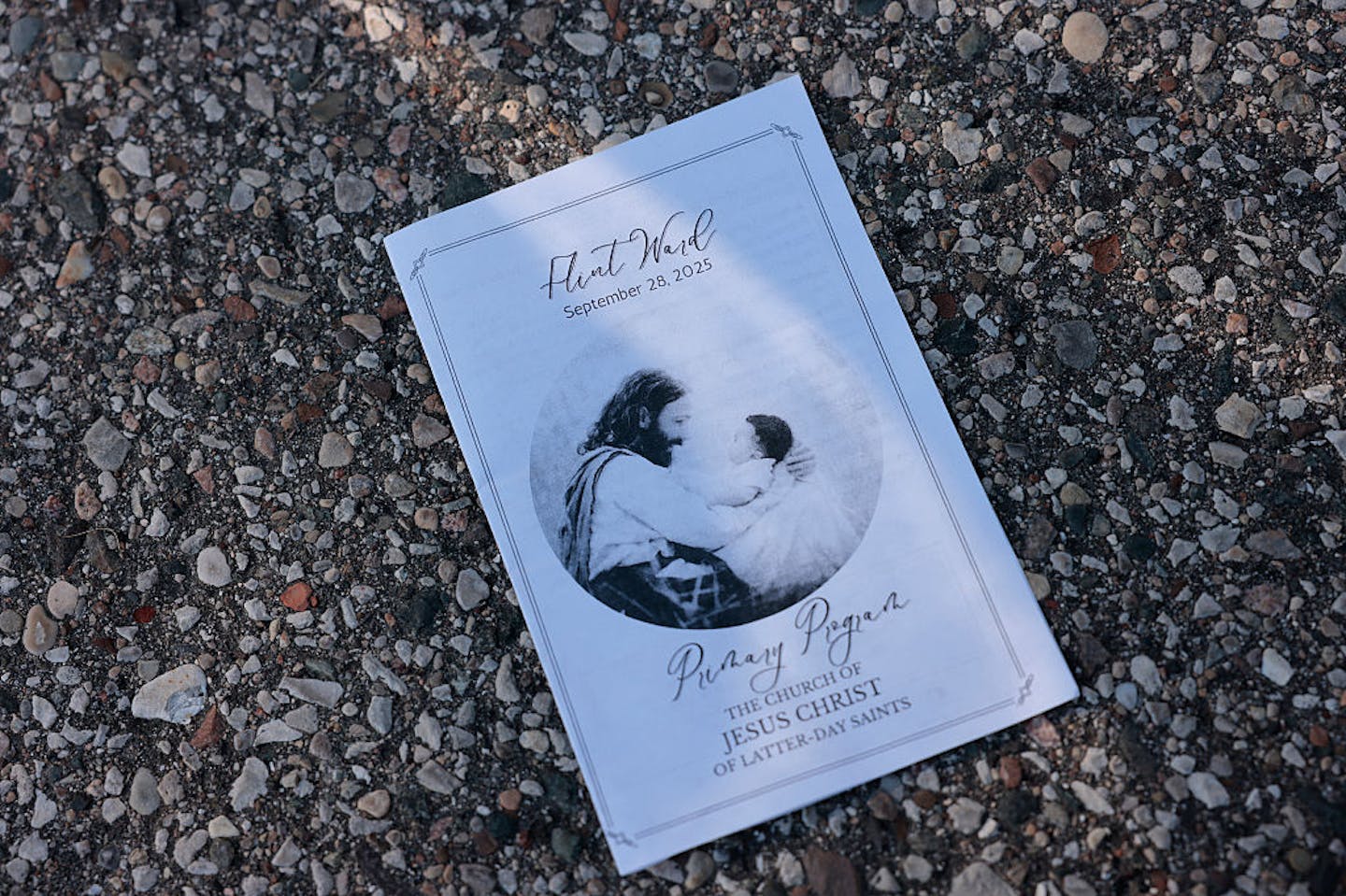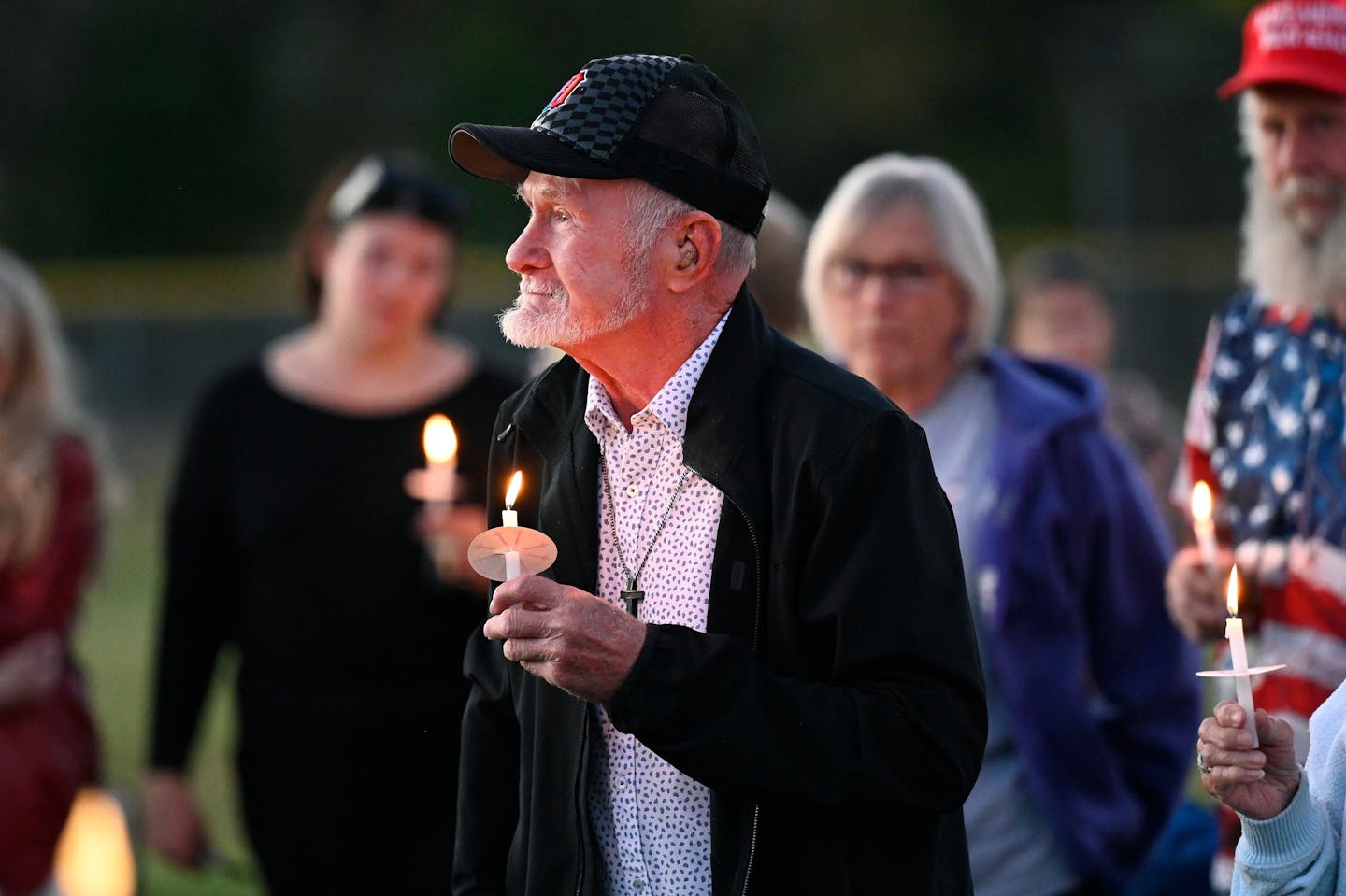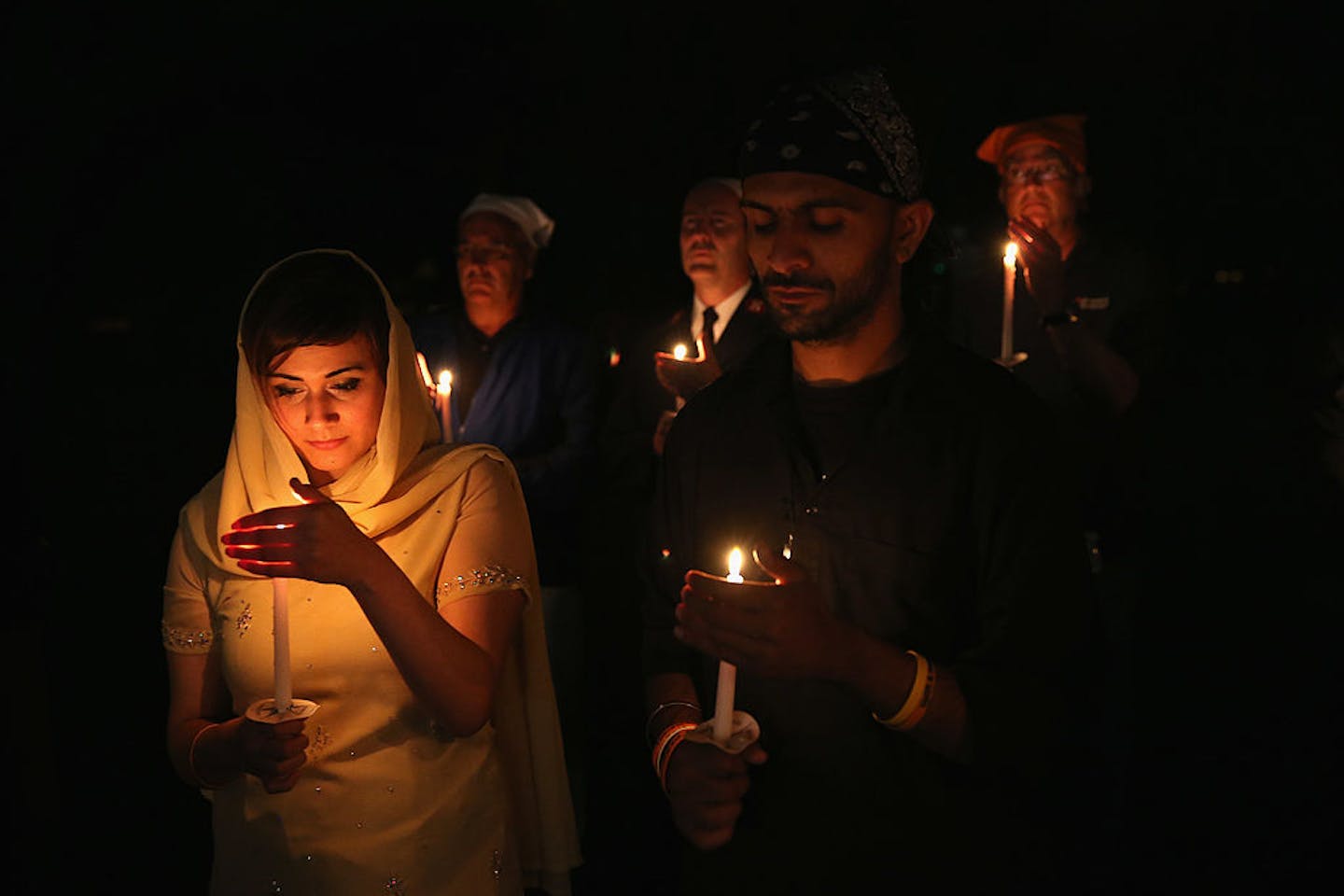
On Sept. 28, 2025, at least four people were killed and eight others injured during a Sunday service at a Church of Jesus Christ of Latter-day Saints chapel in Grand Blanc, Michigan. Just a month earlier, two people died and 21 were injured during a Mass for students at the Catholic Church of the Annunciation in Minneapolis.
These tragedies may feel sudden and senseless, but they are part of a longer pattern that we have been tracking.
We are criminologists who have studied violence for decades. In 2023, we created a public database of homicides that occur in houses of worship across the United States. It now spans nearly 25 years of incidents, documenting how often these attacks happen, who perpetrates them, what weapons are used, when and where they occur, and how deadly they are.
What the numbers show
From 2000 to 2024, the dataset records 379 incidents and 487 deaths at religious congregations and religious community centers. Most involved a single victim, but some – like the recent shootings in Michigan and Minnesota – killed or injured many people.
About 7 in 10 incidents involved firearms, accounting for three-quarters of the deaths. Firearm cases averaged about 1.4 deaths each, compared with 1.1 for nonfirearm cases.
Handguns were the most common weapon, linked to more than 100 incidents and 147 deaths. But semiautomatic rifles, though used in only seven cases, killed 46 people — more than six per attack, on average.
The deadliest year was 2017, when 47 people were killed at places of worship, 42 of them with firearms. Twenty-six of those people were killed in a single catastrophic shooting at First Baptist Church of Sutherland Springs, Texas.

‘Mass shootings’
Mass shootings are often defined as attacks that kill four or more people. Using that threshold, the data shows 10 incidents since 2000 at houses of worship. Lower the bar to three killed, and there are 14; at two killed, 40.
Definitions shape perception. Most people associate mass shootings with high-profile tragedies like the massacres at Charleston’s Emanuel African Methodist Episcopal Church in 2015 or Pittsburgh’s Tree of Life Synagogue in 2018. But many other attacks, like the tragedy at Annunciation in Minneapolis, involve two or three deaths. Each represents a profound loss for a community.

In the cases where four or more people were killed, every perpetrator was a man in his 20s to 40s, with an average age of 32. Compared with other homicides at worship sites, these shooters were far more likely to have a history of mental health problems: 60% vs. 18%. They were also far more likely to have been thinking about or planning suicide – 70% vs. 17% – and to die by suicide during or after the attack: 60% vs. 10%.
There were other similarities, too. Among attackers who killed four or more people, 20% had served in the military, and 60% had a criminal background. Among attackers who killed fewer people, those numbers were 4% and 43%. Deadlier shooters more often leaked their plans or showed signs of being in crisis beforehand.
When and where
Violence is most likely to strike on Sundays – a quarter of all cases – followed by Saturdays. That reflects worship patterns: Sundays are the busiest day for most Christian denominations, while Saturdays are common for Jewish services.
Incidents cluster around mornings and nights, with mornings most common — the prime window for weekly services. And despite headlines about shootings inside sanctuaries, 71% of homicides occurred outside – in parking lots, courtyards or on steps – when people were gathering or leaving.
In two-thirds of cases, it was unclear whether the perpetrator had a connection with the congregation. Most of the other cases, though, involved attackers with clear ties, including members, relatives, pastors and employees. In dozens of cases, domestic disputes spilled into worship settings. Because services are routine, predictable gatherings, they can become flash points for private conflicts that turn deadly.
Attacks happened across the nation, but were concentrated in the South. The region tends to have more frequent attendance at religious services and looser firearm laws – a combination that helps explain the South’s overrepresentation, though no region is untouched.
Which faiths are affected
Ninety-seven percent of deadly incidents occurred at Christian churches, reflecting how many there are in the United States.
But, adjusting for the number of congregations, the data underscores other faiths’ vulnerability to targeted violence. Jewish and Muslim houses of worship, community centers and cemeteries, for example, contend with frequent threats and vandalism.
Only one incident at a gurdwara – a Sikh temple – appears in the dataset. Because there are so few in the U.S., though, that single case translates into the highest rate for any faith tradition, once the total number of congregations are taken into account. Stabbings or shootings also occurred at six Jewish synagogues and community centers, further suggesting disproportionate risk.
Two incidents involved mosques. Yet that contrasts with data showing high levels of Islamophobia in the U.S., suggesting that most violence against Muslims may occur in other settings.

Why this research matters
Homicides in houses of worship remain rare, but when they occur, firearms make them deadlier. Victims have included pastors, rabbis, imams, monks, congregants, staff and children.
Numbers cannot capture the grief of families in Grand Blanc or Minneapolis, or the trauma that survivors carry. But they can reveal patterns that ground conversations about safety and prevention.
Houses of worship are meant to be open spaces of peace and refuge. The challenge is balancing this higher purpose with practical security. By studying these past tragedies, Americans may better prepare for the future – and prevent more families from enduring the heartbreak of recent weeks.
This article is republished from The Conversation, a nonprofit, independent news organization bringing you facts and trustworthy analysis to help you make sense of our complex world. It was written by: James Densley, Metropolitan State University and Jillian Peterson, Hamline University
Read more:
- Guns bought in the US and trafficked to Mexican drug cartels fuel violence in Mexico and the migration crisis
- Why do mass shooters kill? It’s about more than having a grievance
- IRS says churches may endorse political candidates despite a decades-old federal statute barring them from doing that
James Densley has received funding from the National Institute of Justice, Joyce Foundation, and Sandy Hook Promise Foundation.
Jillian Peterson has received funding from the National Institute of Justice, Joyce Foundation, and Sandy Hook Promise Foundation.


 The Conversation
The Conversation
 Local News in Texas
Local News in Texas Law & Crime
Law & Crime NBC Southern California
NBC Southern California Associated Press Top News
Associated Press Top News New York Post
New York Post Raw Story
Raw Story